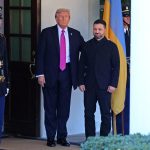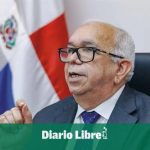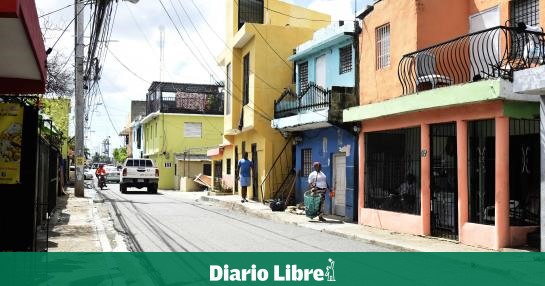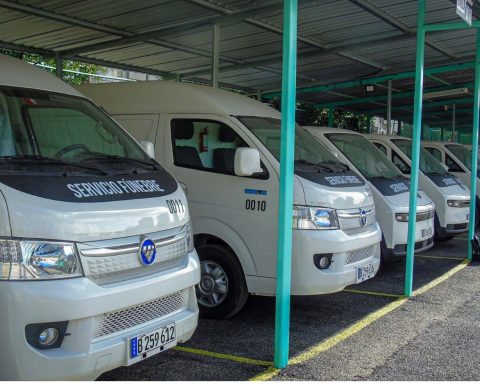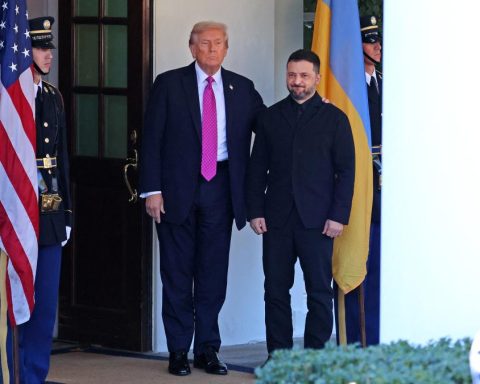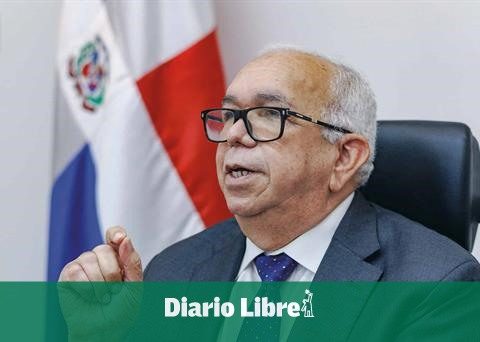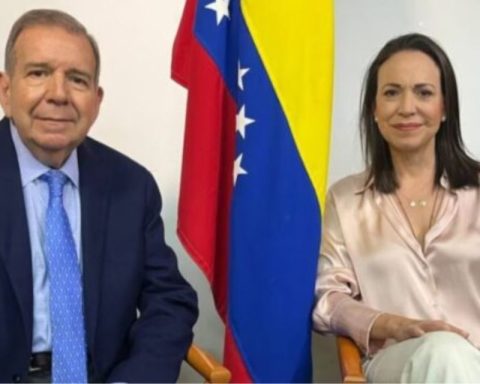Gone is the referendum and with it the minutes of electoral guidelines, campaign jingles and advertising on social networks. But with the 135 articles of the law of urgent consideration (LUC) ratified after the tight result on Sunday, one of the questions to be answered is how much did the commandos invest to convince Uruguayans to vote for the pink ballot in the Yes case and the light blue one in the No case.
It is, as always happens with the financing of political campaigns, a matter of difficult discernment. Already in the national campaigns, in which the regulations require the presentation of an Accountability with expenses and income, the Electoral Court does not have sufficient resources to audit the numbers included therein and verify if they are adjusted to reality.
In the case of the referendum, however, a timely accounting of campaign financing is not even required. For this reason, not only is it impossible to know if the figures disclosed by the parties are true, but the protagonists are not even obliged to disclose a specific figure.
That did not prevent the issue from being installed in the political debate in recent weeks after the Broad Front insisted that it competed at a “disadvantage” compared to the resources of the ruling party. The president of the Broad Front, Fernando Pereira, assured this Tuesday in Doble click (Del Sol) that the Commission for Yes invested “approximately US$600,000” and targeted the coalition parties for not having disclosed “how much the No campaign.
“If you look at the minutes of advertising that the No used, you clearly realize that it is a campaign that must have cost four or five times more than the Yes campaign,” Pereira said on that occasion.
On Wednesday the 23rd, during the press conference he gave at the Executive Tower prior to the referendum, President Luis Lacalle Pou was asked about how much the No command raised and spent. The president replied that he was not part of the command and that is why he was not aware of the numbers, although he said there would be no problem disclosing them. “I imagine they have nothing to hide, so they can report it,” he said.
The responses in the coalition
According to inquiries made by The Observer, the Colorado Party and the Independent Party have an approximate figure of how much they invested, while the others assure that they are processing the numbers or that they still do not have the final report from the accounting divisions which, in all cases, followed the economic aspects of the campaign.
Although the coalition coordinated some aspects of the road to March 27, the parties gave it their own imprint and this was also reflected in the numbers, where the communities did not have a common fund and did not share the expenses.
The deputy and coordinator of the campaign of the redConrado Rodríguez, told The Observer that “roughly” they spent about US$ 120 thousand, although the number could be about US$ 10 thousand higher because the departmental executives assumed some disbursements that were not centralized in a single calculation, something that according to the leader “makes it difficult” to have a specific figure.
In the case of independentthe investment hovered around the $30 thousand, although the final number will probably be after Easter. The secretary and coordinator of the party’s campaign, Juan Carlos Rodríguez, assured that they invested “beans and sticks” because the coffers of the community are quite small.
In the National Party and in Cabildo Abierto, on the other hand, there are no concrete figures so far. The president of the nationalist directory, Pablo Iturraldeargued that information is handled by the Treasury Commission and that he still does not have the figure in his possession, although He estimated that “perhaps on Monday” he will receive the report at the usual meeting held by the highest white body.
In the ruling party they agree that the whites were the ones who made the greatest economic contribution during the campaign.
The senator Guillermo Domenech, president of Cabildo Abierto, said that his party made “minimal expenses” and he predicted that “there was not a great organic effort”, although he indicated that the numbers are still being processed by the accounting sphere of the party he presides over.
Political parties are not required to declare expenses, as is the case with national elections and ballots, because Law 18,485, which regulates the operation of political parties, does not apply to cases of direct democracy.
The norm does provide that each year the political parties “must submit to the Electoral Court, within 120 (one hundred and twenty) days after the calendar year expires, a detailed rendering of accounts of the income and expenses produced during the exercise.”
Origin and destination of funds
The origin of the investments, in general terms, was the same for all the cases: the fund that each party has thanks to the contribution of the affiliates, the contribution they make to the political leaders when occupying positions and, in some cases, the public funding that collectivities receive due to wealthy votes in national elections.
In turn, some leaders also channeled occasional donations for the campaign through different means, according to political sources told The Observer.
In that aspect there were some nuances between the parties. The coordinator of the red campaign said that for the organization of the events themselves, the television schedule, the posters and the brochures, the money that was raised with a dinner in Punta Gorda was also used, which was attended by some 200 people. where the economic perspectives for the future and an economic contribution made by former president Julio María Sanguinetti were discussed. The current general secretary of the party told El País that he paid for the red spots because “it was what had to be done.”
The lobbyists did not advertise in the mass media, but they did tour with events in all the departments with the presence of various political figures from the community. According to Domenech, the expenses of amplification in these instances were borne by militants and local leaders while the disbursement in transfers and lodging of the national referents came “from the pocket of each one”. The Colorados said the same thing in that case.
From the Independent Party, in addition, Rodríguez assured that the reduction in activities due to the covid-19 pandemic made it possible to arrive “with an economic mattress” to the campaign. The group led by the Minister of Labor and Social Security, Pablo Mieres, advertised on social networks and had some television spots –based mainly on animations– in the last two weeks of the campaign.
The campaign that was repeated the most in the mass media was financed by the National Party. The final acts of the campaign in Montevideo were organized by the nationalist departmental party, as was the closing of the coalition in Canelones.







